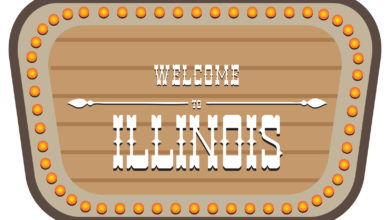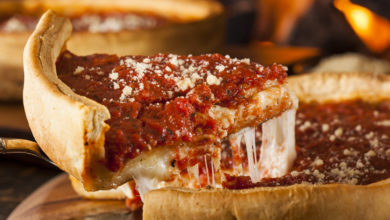The Illinois Story? Mickey, Moses, and McDonald’s
Here are 6 reasons the Land of Lincoln is just a bit different
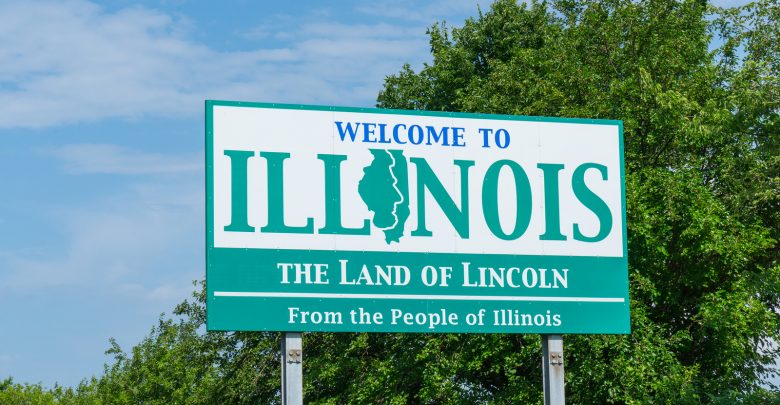
The state of Illinois is home to more than 13 million people. It became the 21st state to enter the union on December 3, 1818, and is the largest producer of pumpkins and second-largest producer of corn in the country.
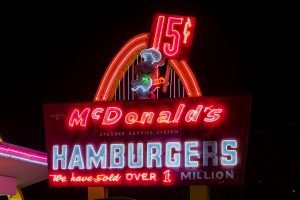
Both Dairy Queen and McDonald’s opened their first restaurants in the Land of Lincoln, and the state is also credited as the birthplace of Twinkies, which first debuted in the 1930s. Illinois was the first state to have a skyscraper and the first state with a city that used lights (Aurora). But that’s not all that makes Illinois stand out from the other 49 states. Here are six more things about this state that might surprise you.
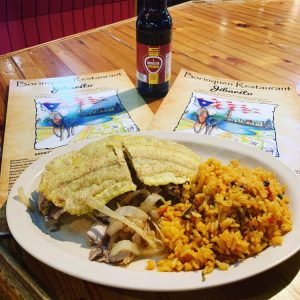
The jibarito is an Illinois delicacy.
Pronounced hee-bah-REE-toe, the jibarito is a favorite among many people from Illinois. It’s a sandwich that originated in Chicago. In 1996, the jibarito was introduced by restauranteur Juan “Peter” Figueroa at his Borinquen Restaurant. It’s made with flattened fried plantains that take the place of bread. It’s then dressed with garlic mayonnaise and filled with meat—whether steak, pork or chicken—as well as cheese, lettuce and tomato.
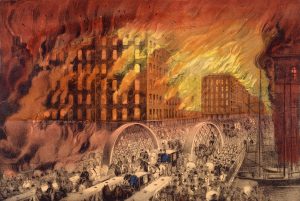
The Great Fire of 1871 was massive.
Also known as the Great Chicago Fire, the Great Fire of 1871 claimed the lives of 300 people. The fire began on October 8 at around 9:00 p.m. and burned until October 10. More than three square miles of the city of Chicago were destroyed, and over 100,000 residents were left without homes. The fire began in a neighborhood southwest of the city center in a barn that belonged to the O’Leary family—many believed Mrs. O’Leary’s cow was responsible for the fire, saying that the animal knocked over a lantern, thus starting a fire.
Chicago was experiencing all the makings of a perfect storm for such an inferno—it had been very hot, very dry and very windy in the days leading up to the fire, and Chicago was a city chock-full of wooden structures and buildings. In 1871, Chicago only had about 185 firefighters and 17 horse-drawn steam engines, which made fighting the fire quite a challenge.
The only structures left standing were St. Michael’s Church, the Chicago Water Tower, the Chicago Avenue Pumping Station and a few cottages nearby.
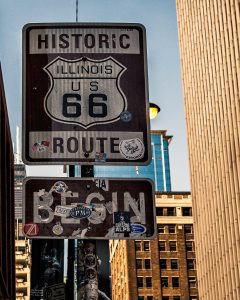
Route 66 began in Chicago.
Although Route 66 officially no longer exists, it’s certainly still alive and well in the memories and music of days gone by. In the 1920s, it became apparent that there was a need for an interregional link that ran across a large part of the country from east to west and vice versa. Because of this, Route 66 was formed in November of 1926. The route began in Chicago and ended in Los Angeles. It passed through parts of eight different states—Illinois, Missouri, Kansas, Oklahoma, Texas, New Mexico, Arizona, and California. It passed through major cities like Springfield, Missouri, Tulsa, Oklahoma, Amarillo, Texas, Santa Fe, and Albuquerque, New Mexico, Flagstaff, Arizona, and San Bernardino, Santa Monica and Los Angeles, California. Also called Will Rogers Highway and America’s Main Street, Route 66 was over 2,400 miles long.
In 1956, however, President Dwight Eisenhower enacted the Federal Interstate Act, which meant four-lane highways would begin popping up all over this great land. The new roads meant that parts of the original Route 66 had to be upgraded or bypassed altogether. By the 1970s, much of the route had been chopped, and on June 27, 1985, Route 66 was decommissioned completely. If you want to still get in on a piece of the history, head to the Lone Star State, where 91% of the original route through the state is still in use!
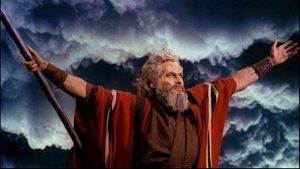
Actors and authors and comedians, oh my!
Illinois is the birthplace of many famous people—too many to list in one post—so we’re including some of the most notable. Actors like Harrison Ford, Rock Hudson, Gary Sinise, Charlton Heston, and Betty White were all born in the Land of Lincoln, as were authors Ernest Hemingway, Shel Silverstein, and Ray Bradbury. Funny guys Bill Murray, Robin Williams, Bernie Mac, and Jack Benny hailed from Illinois too. Hillary Clinton, Michelle Obama and Ethel Kennedy—wife of Robert F. Kennedy—were born in Illinois, but the only United States President to be born there was first an actor, then a politician: Ronald Reagan.
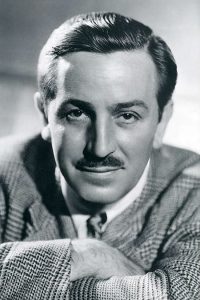
Without Illinois, we might not have Mickey Mouse!
Or Minnie Mouse. Or Disneyland. Or Disney World. Or . . . Born on December 5, 1901, in the Hermosa section of Chicago, Illinois, Walter Elias Disney was the fourth of Elias and Flora Disney’s five children. He moved to Missouri at the age of five, but years later, he would return to Chicago where he attended McKinley High School and the Art Institute of Chicago.
Walt would see several failures and hardships before the Disney name would ever be used to describe an entertainment empire of films, theme parks, characters and animation—including a bankruptcy, rights lost due to a contract loophole and a group of his own employees on strike.
But those setbacks are hardly noticeable today in light of Walt Disney’s lifetime achievements. In 1937, he released the first-ever full-length animated feature—Snow White and the Seven Dwarfs. In the 1950s, Walt first began appearing on television. It was there that he first publicly unveiled plans for his first theme park—Disneyland—which opened in July of 1955. No sooner was Disneyland up, running and a viable endeavor than Disney began buying up Florida swampland for his new “Florida Project.” Sadly, he would die from complications of his newly-diagnosed lung cancer in 1966, five years before Walt Disney World opened.
Over his lifetime, Walt won 26 Oscars, released 12 feature films and 12 short films and was awarded four honorary awards—in part for his creation of Mickey Mouse. Walt liked to say that he hoped no one ever lost sight of one thing—that “it all began with a mouse,” but perhaps it actually all began in Walt’s home state of Illinois. Without Illinois, we might just live in a Disney-free world, and that, my friends, is a world in which I wouldn’t want to live! What say you?
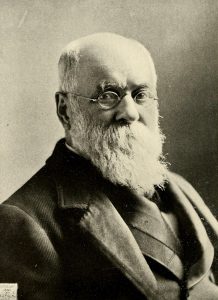
“The Windy City” doesn’t mean what you think.
If you’ve ever visited the city of Chicago, Illinois, you might agree with its nickname of “The Windy City.” Wind gusts off Lake Michigan are common and can make for some fairly windy days in the nation’s third largest city. But the nickname is a misnomer of sorts. In fact, the name doesn’t refer to the weather or nature at all, unless you mean the nature of some people to talk and talk and talk and…
There are a few explanations for the nickname, but one of the most viable involves a newspaper, its editor and some rambling politicians. Back in the late 1870s, Charles A. Dana, editor of the New York Sun—a newspaper in print circulation from 1833 to 1950—penned an editorial piece suggesting that Chicago was windy because of its full-of-hot-air politicians. In 2004, The Chicago Tribune published an article, giving credit to Dana for the city’s long-standing—not to be confused with long-winded—nickname.

